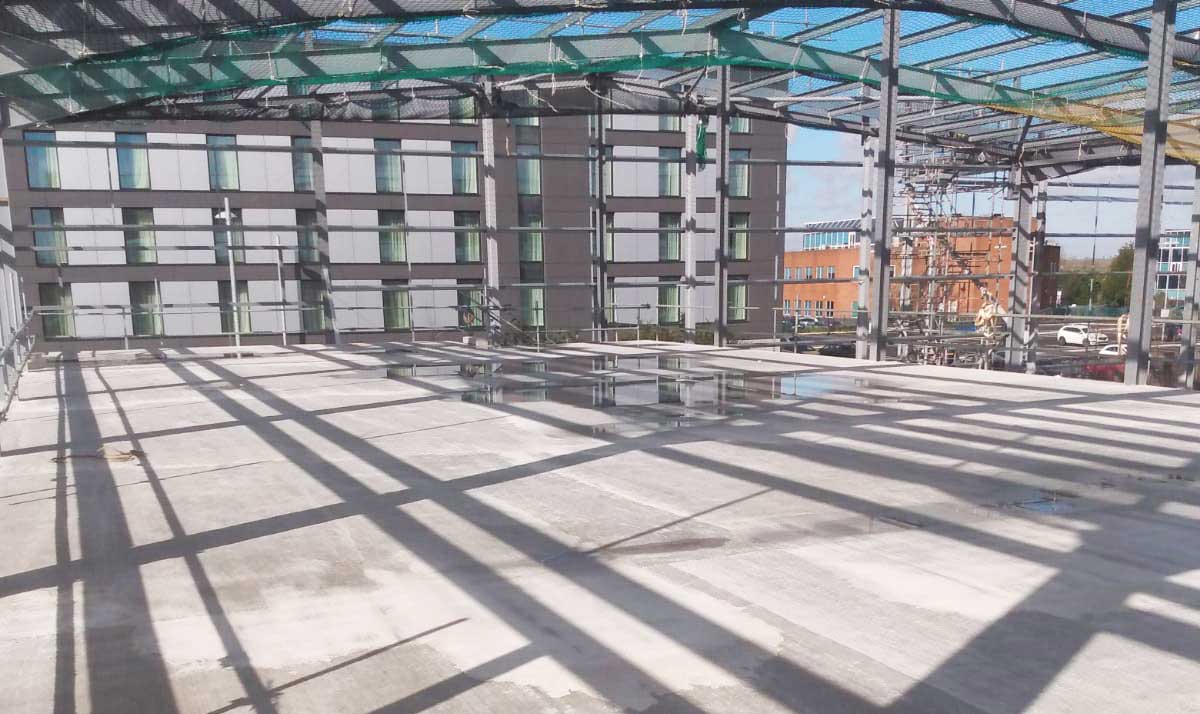Unlocking the Environmental Benefits of Recycled Compounds in Building and Layout
In the world of construction and layout, the application of recycled composites holds substantial guarantee for enhancing sustainability methods and lowering environmental impact. The shift in the direction of an extra sustainable future in these sectors pivots on unlocking the full potential of recycled compounds.

Environmental Influence Reduction
The decrease of environmental influence with making use of recycled compounds in building and layout plays a critical duty in sustainable methods. By integrating recycled compounds into building materials, the building and construction sector can considerably reduce its carbon footprint and contribute to a more green future. These sustainable products, made from repurposed plastics, timber fibers, or other recycled aspects, provide a sensible choice to standard building products without compromising on top quality or durability.
Recycled composites aid divert waste from landfills and decrease the demand for removing basic materials, hence saving natural deposits. Additionally, the production process of these compounds commonly consumes much less energy and produces fewer greenhouse gases compared to producing virgin products (composites). This shift in the direction of utilizing recycled compounds not just decreases ecological harm but additionally advertises a circular economic climate by motivating the reuse of products that would certainly or else be disposed of
Waste Minimization
With an emphasis on reducing waste in building and construction and design, the integration of recycled compounds uses a lasting service to decrease ecological impact. Waste minimization is an essential facet of lasting methods, and making use of recycled composites offers a possibility to accomplish this goal successfully. By utilizing materials that have currently offered their initial purpose, such as recycled plastics or recovered timber fibers, the building and layout industries can considerably minimize the amount of waste created and sent out to land fills.
Recycled composites have the prospective to draw away significant amounts of waste from standard disposal techniques, adding to an extra circular economy where sources are used successfully. Furthermore, the production process of recycled composites commonly eats less energy and generates fewer discharges compared to virgin products, better minimizing the environmental impact of construction and layout jobs.
Applying waste minimization techniques through the unification of recycled composites not only helps in preserving all-natural sources but additionally advertises a more lasting strategy to structure and making for a greener future.
Energy Conservation
Integrating recycled compounds not only reduces waste in building and construction and design however also plays a vital function in improving energy conservation techniques within the market. The use of recycled compounds in construction can considerably add to energy preservation with various ways. First of all, the manufacturing of virgin products typically needs substantial power inputs, whereas using recycled compounds consumes much less energy, thus decreasing total energy usage. In addition, integrating recycled composites can add to better insulation residential or commercial properties in buildings, lowering the demand for extreme home heating or air conditioning, and subsequently reducing energy use for climate control. The light-weight nature of many recycled compounds can lead to lighter structures, requiring less energy for transportation and installation. By advertising using recycled compounds in building and construction and design, the market can make significant strides in the direction of accomplishing power effectiveness and lowering its carbon impact, eventually adding to an extra sustainable built atmosphere.
Carbon Footprint Reduction
Enhancing sustainability techniques with the application of recycled compounds in construction and layout significantly lowers the carbon footprint of the sector. By incorporating recycled products into the production of compounds, the requirement for virgin resources reduces, causing reduced power intake and greenhouse gas discharges connected with typical production procedures. This reduction in carbon footprint is critical in combating environment change and promoting a much more environmentally friendly approach to construction and layout.
The carbon impact reduction achieved via the fostering of recycled composites straightens with the worldwide push towards sustainable practices and the reduction of commercial discharges. Inevitably, by prioritizing the combination of recycled compounds, the industry can make substantial strides in reducing its carbon footprint and contributing to a much more sustainable future.
Lasting Future
The integration of recycled compounds in building and construction and design not only addresses instant ecological concerns yet straight from the source also lays a strong structure for a sustainable future in the sector. By including recycled composites right into building products and items, the building and construction and style sectors can significantly reduce their dependence on virgin resources, bring about a much more circular economy. This change towards sustainability is crucial for alleviating the ecological effect of standard building and construction methods, which often cause high levels of waste generation and source exhaustion.

Verdict
Finally, recycled composites supply substantial ecological benefits in building and design by minimizing ecological Click This Link influence, lessening waste, conserving energy, decreasing carbon footprint, and promoting a sustainable future. Embracing making use of recycled compounds can add to a much more environmentally-friendly method to structure and style, ultimately leading to a much more lasting and greener future for all.
The reduction of environmental influence with the use of recycled compounds in construction and style plays a vital function in lasting practices.With an emphasis on reducing waste in building and construction and design, the combination of recycled compounds offers a sustainable remedy to lower ecological influence. By promoting the usage of recycled compounds in building and construction and design, the market can make considerable strides in the direction of achieving power effectiveness and minimizing its carbon footprint, eventually adding to an extra sustainable developed environment.
